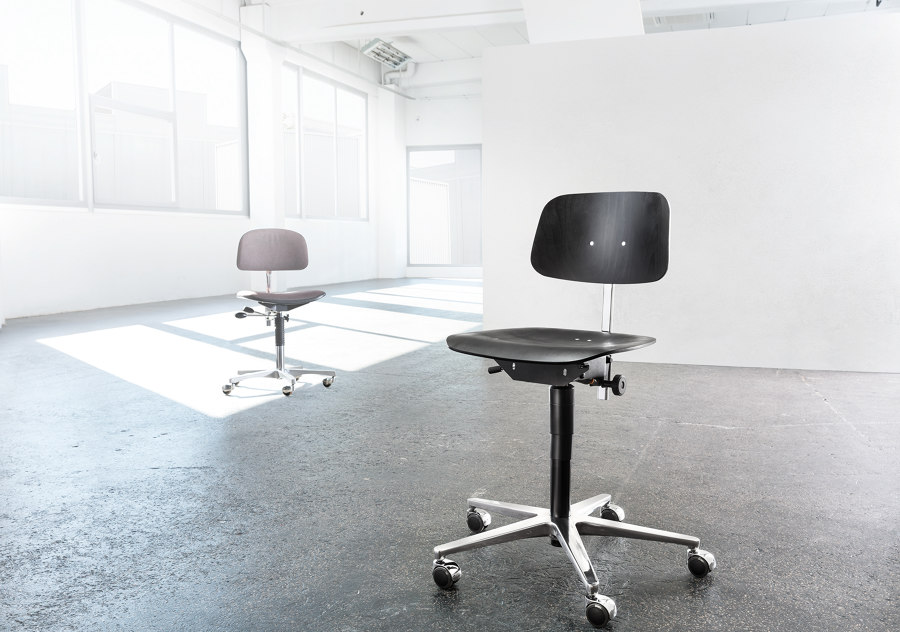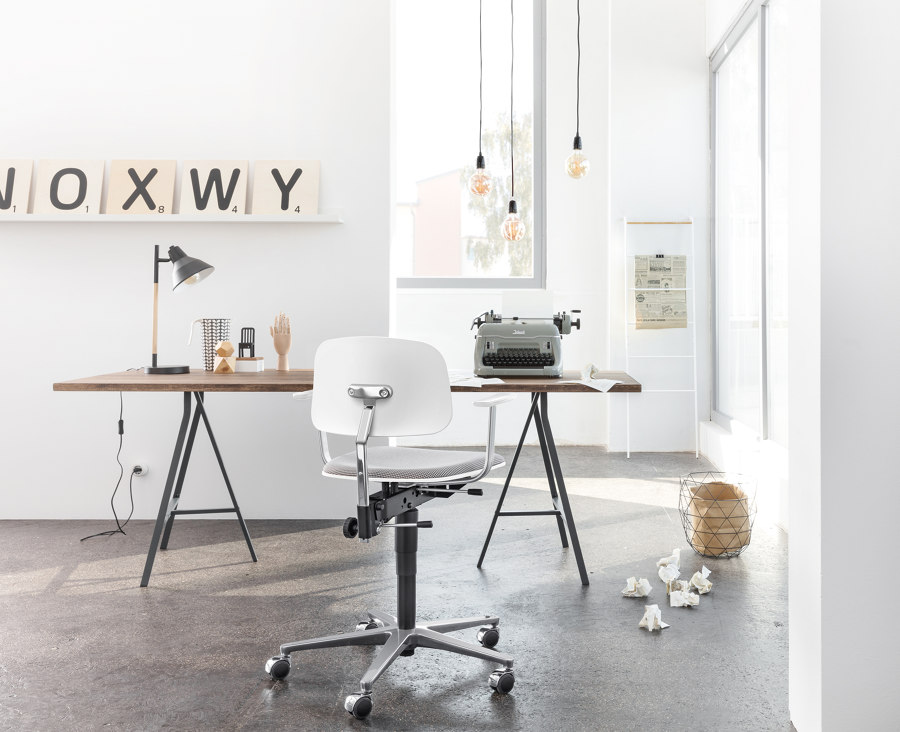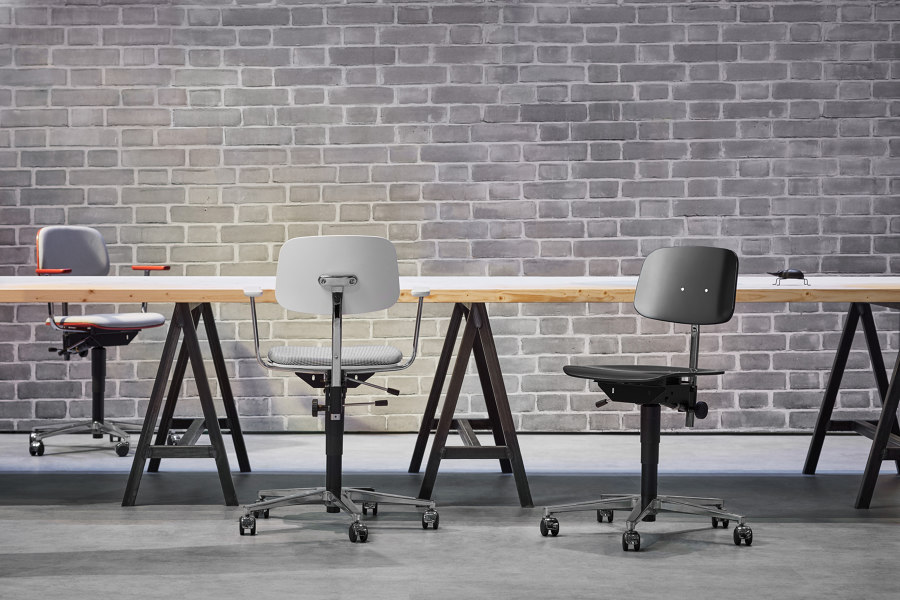Pleased to seat you: Dauphin "1000 classic"
Historia de la marca de Norbert Philipp
Offenhausen, Alemania
01.04.19
In celebration of its 50th anniversary, the German office furniture manufacturer DAUPHIN is launching a re-edition of its cleverly functional, well-thought out and contextually versatile classic office chair "Modell 1000".
In 1973, Friedrich-Wilhelm Dauphin developed the "Modell 1000", the first office chair with conically pluggable individual parts for uncomplicated self-assembly
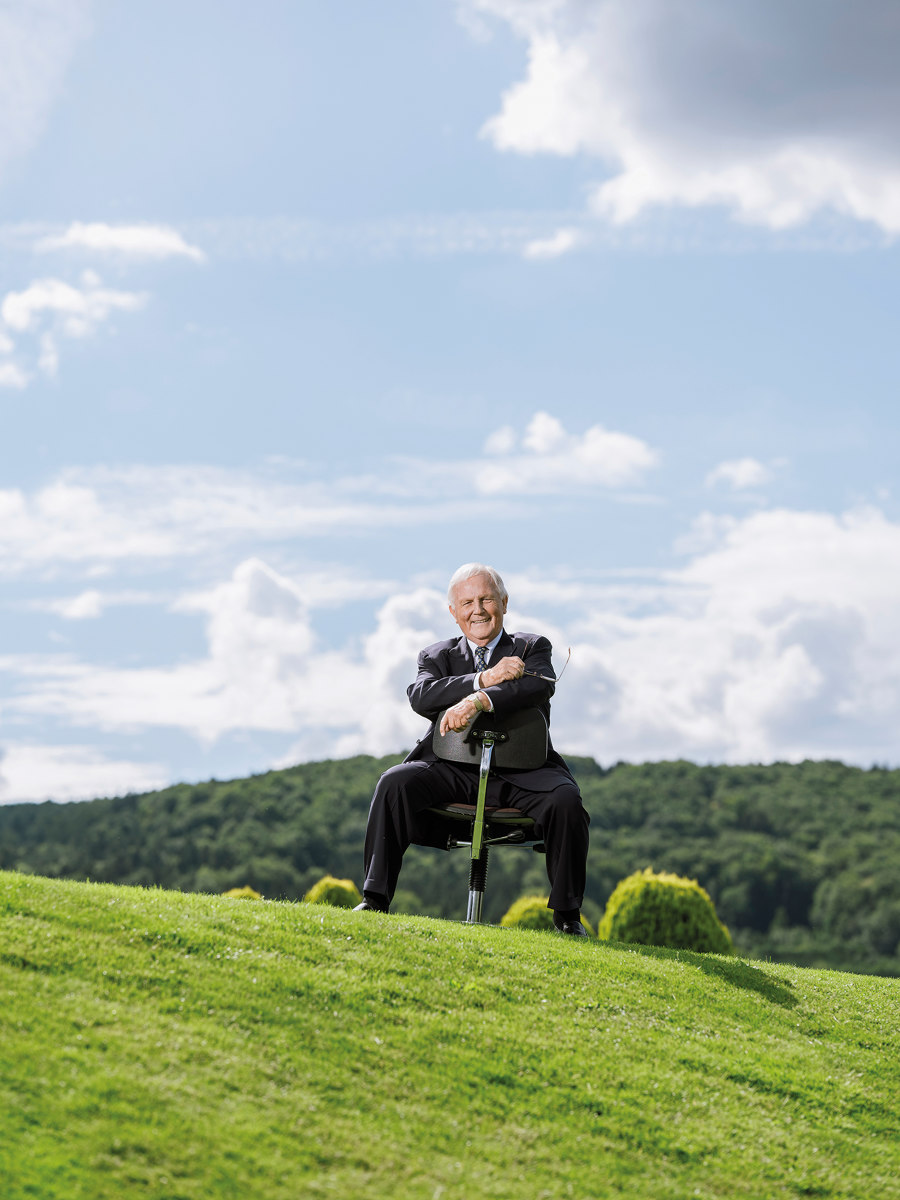
In 1973, Friedrich-Wilhelm Dauphin developed the "Modell 1000", the first office chair with conically pluggable individual parts for uncomplicated self-assembly
×As a form of perseverance, Friedrich-Wilhelm Dauphin always believed in potential. Above all, he believed in office furniture, which he co-developed as well. Since founding his company in 1968, there has also been a persistent attribute to his name: Success. Dauphin can attribute a good part of this to himself. In the early 1970s, he began to develop his own office chairs and not long after a classic was born. The model with the self-confident number "1000".
Meanwhile, the chair has an earned its own attribute: "classic". The design – and the idea behind it – might have moved on from the time and conditions under which it was created, yet it has found itself belonging to a new class: aesthetically and functionally. Even in the 50 years of Dauphin's own history, it has established a special place at the top of the list of models which have brilliantly launched on the market like no other.
The "1000 classic" has a wide range of movements in its repertoire: it masters both swivelling and sliding around, thanks to its five-star base with wheels
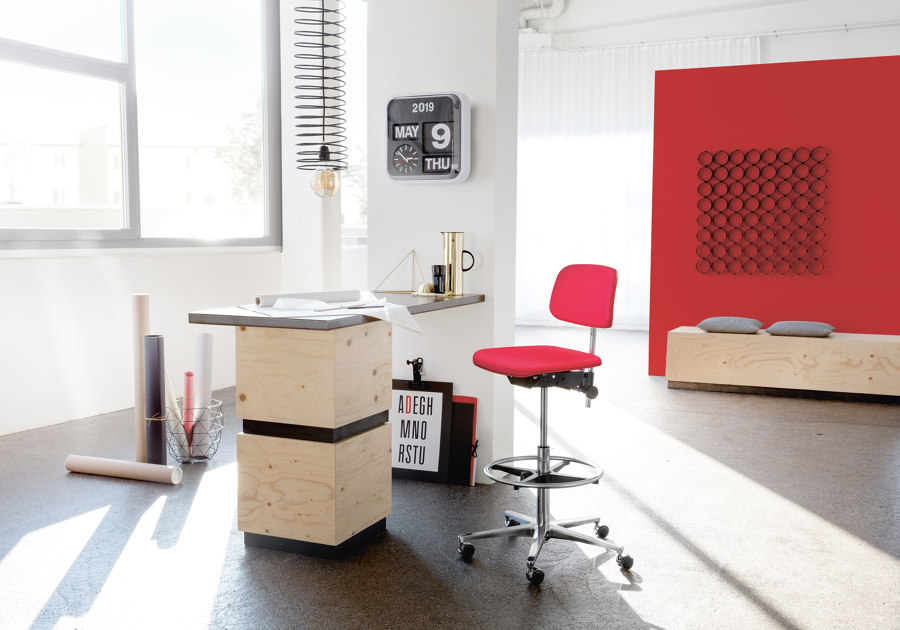
The "1000 classic" has a wide range of movements in its repertoire: it masters both swivelling and sliding around, thanks to its five-star base with wheels
×Now, at a time when Dauphin is celebrating its anniversary extensively, the company is also celebrating its classic, introducing a newly adapted edition of the "1000 classic". The chair itself is a celebration of timelessness, its year of origin, 1973, is no more visible than the year of its re-edition. In every era, in every epoch, in every context, the chair seems to slip in naturally as if it had always belonged to it. And because of its flexibility, the chair seems to know the right place, fitting itself in at the writing and meeting tables where it connects effortlessly; and to the settings which underscore its simple, reduced aesthetics.
In the last 50 years of Dauphin's existence, a number of models and components have been included in the list of patents. But the "1000 classic", with its innovative design logic, was the one that opened the door to offices from Europe to Asia. Because Friedrich-Wilhelm Dauphin wanted not only to make sitting comfortable but also all the phases of its production. An assembly system consisting of conical plug connections placed the slide of the "Modell 1000" in a wide variety of office concepts and working environments. The chair could be assembled without tools on-site, exactly where it’s to be later used, and remains so to this day.
The chair supports what it should support, including the arms if desired and the back in any case. It also lends support to the overall design concept of office architecture
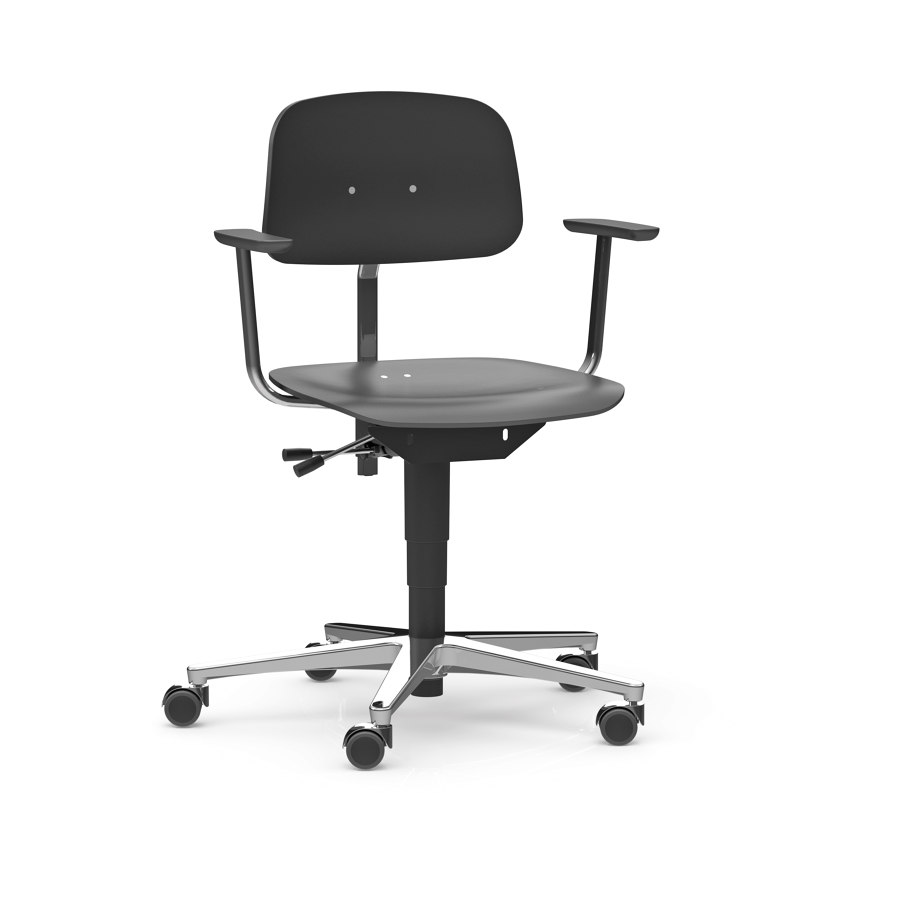
The chair supports what it should support, including the arms if desired and the back in any case. It also lends support to the overall design concept of office architecture
×At the beginning of the 1970s, no office chair had ever done this before. Thus the innovative chair, compactly packed in square boxes, marched into offices, saving space even during shipping and handling. Wherever it landed, all you had to do was unpack and assemble. Yet another trick that matched the tinkering thinking of the company's founder: not only designing the product, but also the process that leads to it.
In 1973, the mood of design culture in offices was ripe for innovation, especially technical innovation. And this is exactly where Friedrich-Wilhelm Dauphin showed himself to be particularly persistent. And with the "Modell 1000" all expectations were fulfilled: a modern spirit, high-quality standards and functionality.
Aesthetically, the "1000 classic" model easily slides into any context that it can be rolled into. The upholstered versions with fine fabric coverings help it to find its place
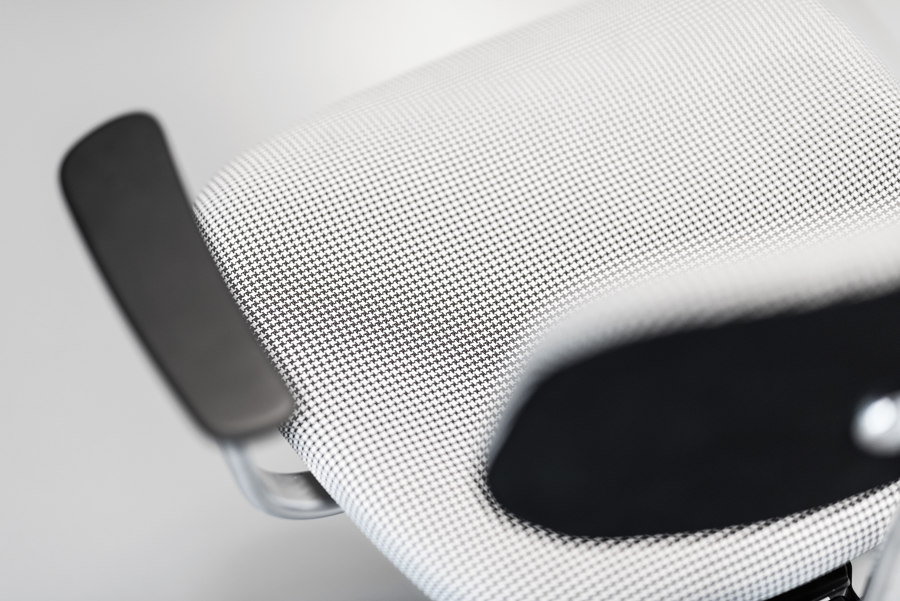
Aesthetically, the "1000 classic" model easily slides into any context that it can be rolled into. The upholstered versions with fine fabric coverings help it to find its place
×The subject of ergonomics finally found its way to the desk: the chair also had a pendulum backrest that was infinitely adjustable in height and inclination. And today, in times when sitting at work is often no longer a day's work, the chair is as relevant and fashionable as it was then.
Jessica Engelhardt, designer of the Dauphin Group, did not have too much to update when the idea to reissue the "1000 classic" in several versions for the company's anniversary was being developed. For example, as a classic office swivel chair or as a counter chair that adapts to new contexts and processes in the office at a new, raised sitting level. The "1000 classic" masters all this with ease: clustering together, sectioning areas, and quick relocation.
Reduction, simplicity and sophisticated functionality are the keys to successful design. Friedrich-Wilhelm Dauphin knew this when he invented the "Modell 1000"
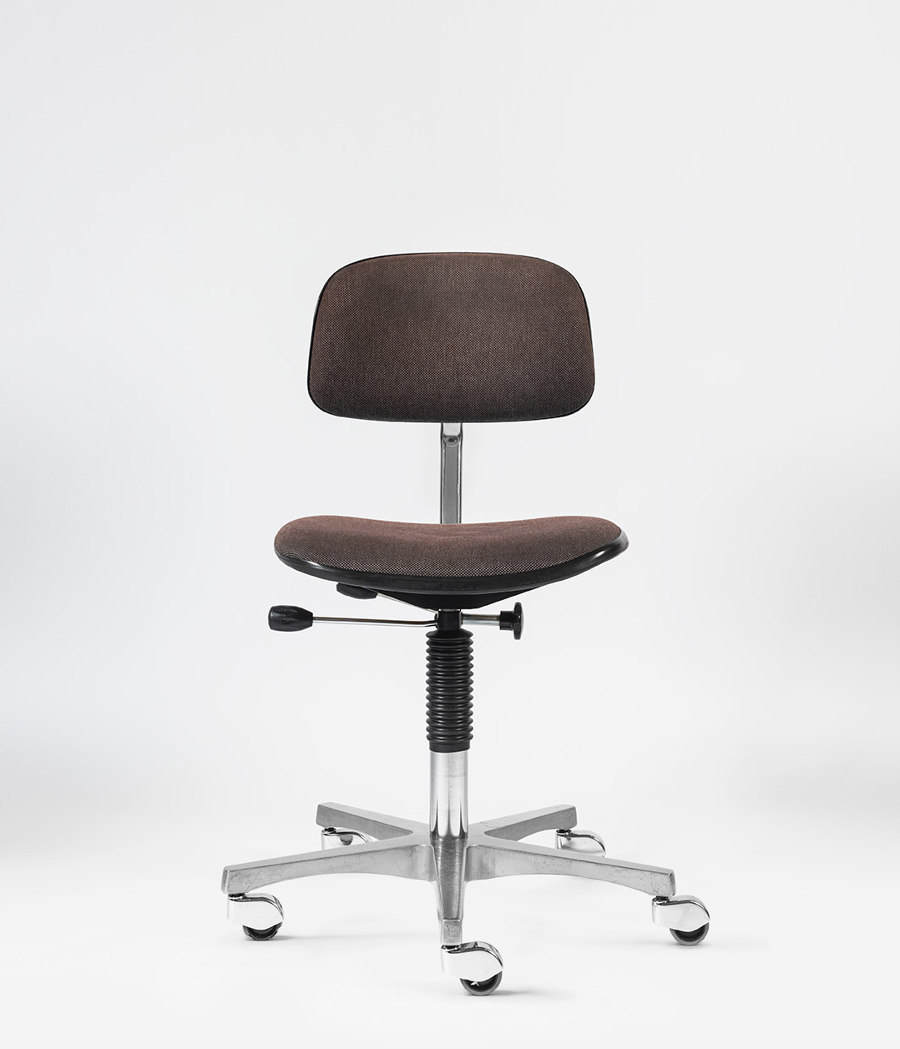
Reduction, simplicity and sophisticated functionality are the keys to successful design. Friedrich-Wilhelm Dauphin knew this when he invented the "Modell 1000"
×The chair is also not one to limit itself to a formal office environment and easily integrates into creative working spaces, helped by a variety of finishes: natural beech, black, white or red lacquered, and even upholstered. In addition, there are various fabric variations on which especially creative people like to let their ideas mature. In any case, a five-star base with wheels manoeuvres the ergonomically shaped seat to where it is needed.
An aesthetic and functional idea, which Friedrich-Wilhelm Dauphin sent on a journey in the 1970s, still holds a place today.
© Architonic


